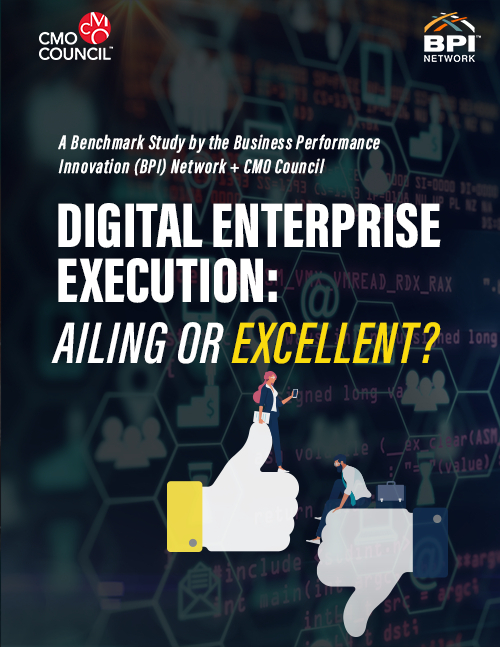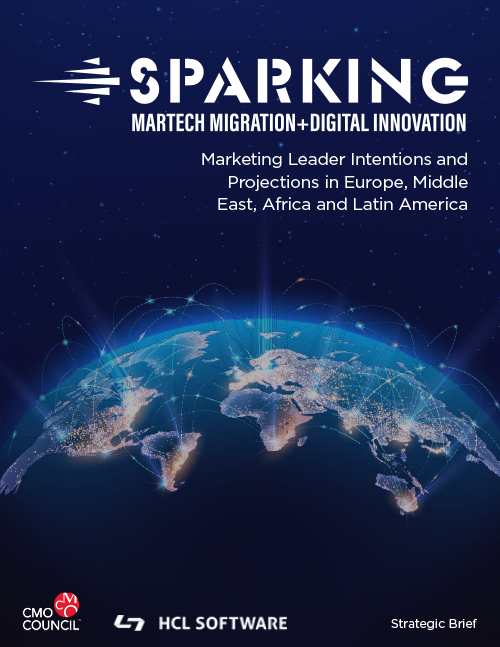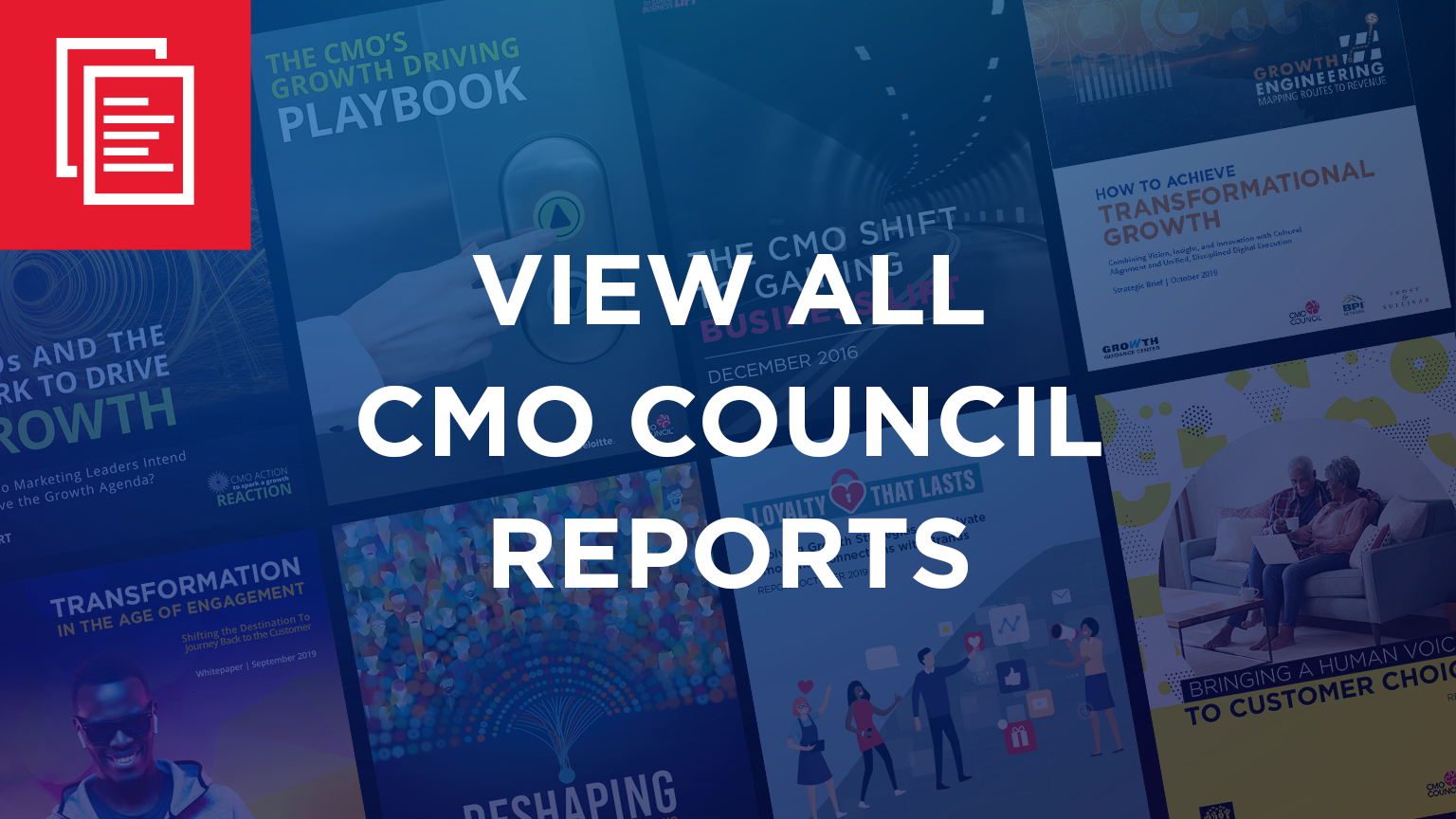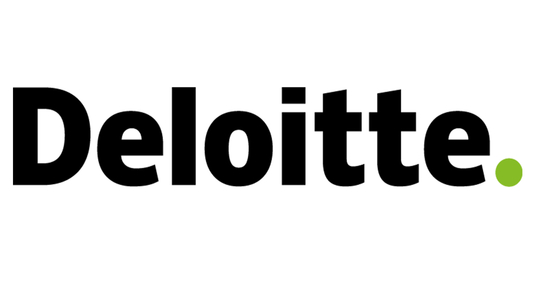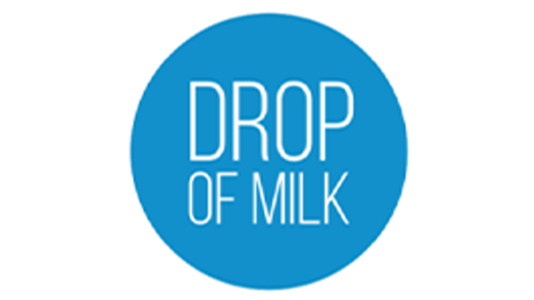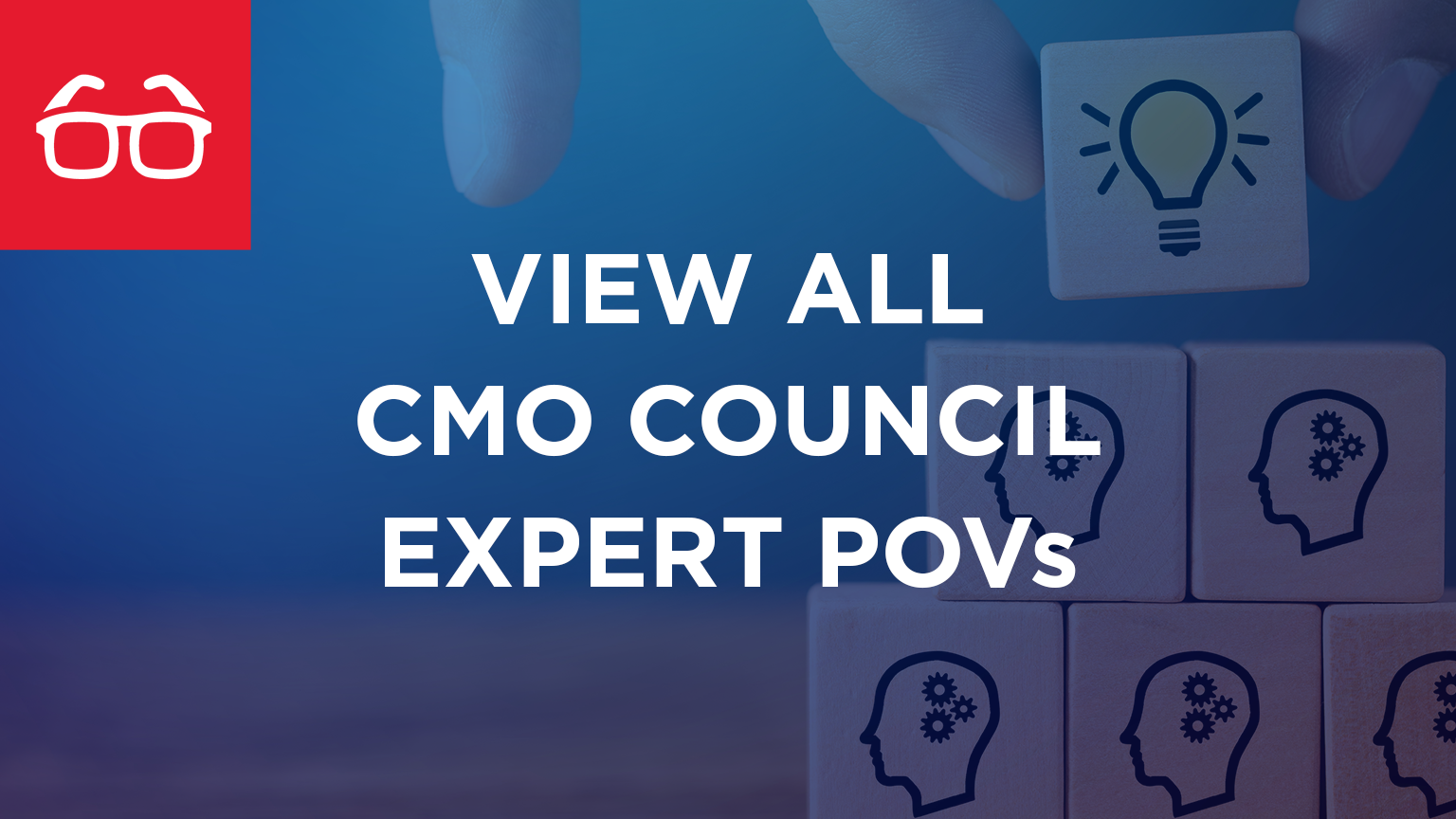Connected Marketing Systems at Scale
Marketers are working more closely with internal business analysts, procurement staff and financial departments to increase the transparency, accountability, and impact of marketing through better planning, analytics, performance measurement, scorecards, spend simulation, and predictive modeling across all media types and channels.
Channels of distribution and eCommerce are multiplying, requiring broader, more diverse, and customized marketing support. Sophisticated consumer information gathering, and database marketing techniques are seeing big shifts of marketing resources into areas that allow for improved behavioral targeting and personalization to optimize response and revenue potential.
Market pace and velocity requires more efficient and intimate online customer engagement, quicker product uptake and viral affirmation through social and shared interest networks, as well as greater prominence and cost-effective prospect acquisition through web sites and contextual search optimization, web content delivery, and pervasive mobile connectivity with customers.
Transformation of marketing execution requires better data integration and analytics, more accurate forecasting and predictive modeling, higher levels of marketing group participation and accountability, as well as the deployment of closed loop campaign performance dashboards. This will be driven by a wider embrace of marketing automation platforms, structured processes, continuous activity monitoring, as well as intelligence gathering across all customer touch points, interactions and transactions.
CMO Complexity Multiplied
CMO Council research reveals most chief marketers are challenged by:
- Lack of vision, direction and planning around AI-assisted marketing automation strategies and priorities.
- Leading marketing transformation and finding platform/solution fit from 11,000 choices.
- Limited access to siloed customer data; internal competition over data sovereignty.
- Making sense of vast volumes of data; extracting and applying insight and intelligence.
- Ineffective collaboration and integration with IT groups that have other agendas.
- Legacy technology issues that make real-time data access and utilization difficult.
- A creep of hosted, SaaS solutions that are easy and inexpensive to deploy without IT help.
- A point solution orientation -- CRM, email marketing, web analytics, campaign management.
- Lack of talent and resources in digital marketing, particularly in the use of social media.
- Internal marketing governance and compliance; ensure safe, secure use of social media.
- Provisioning of quality leads that can be effectively acted on by sales and channel groups.
- Supporting distributed field organizations and diverse channel partners.
- Measuring and validating campaign effectiveness and business value.
- Protecting and safeguard their brands online.
Most see significant deficiencies in their ability to:
- Achieve a 360-degree view of the customer through data consolidation.
- Segment, target and tailor messaging to customer audiences (precision marketing).
- Fully integrate online and offline campaigns and marketing supply chains.
- Effectively manage and maximize loyalty and rewards programs.
- Exploit mobile marketing channels and platforms for personalized engagement.
- Deal with the explosion in unstructured data and content.
- Convert lead flow into sustaining customer relationships.
- Extract value and insight from multiplying customer touch points.
- Localize content and campaigns for varying markets and audiences.
- Enforce brand guidelines and consistent use of brand assets.
- Extract greater performance and value from their web interfaces.
- Understanding and fully exploiting organic and paid search marketing practices.



